Mid Modern Blog - Vietnam War
Vietnam War 1965-1975
Nancy Spero was born in 1926 and was an American visual artist who was also known for her husband Leon Golub. Both of these artists were war activist and were very engaged in protesting the violence that war causes. Spero created many art pieces based on what was going on at the time. She created many pieces that she called The War Series from 1966-1970. Each pieces was created with ink on paper.
1968
I was drawn to Nancy Spero's art due to how honest and brash it was. There was no sugar coating what was going on and how she felt about it. This art piece was one that I felt called to due to the fact that she used light colored red paint to draw the helicopter and portray it as a murderous weapon that deployed killers to Vietnam. There is a mother and child sitting on top of the helicopter that is supposed to resemble the people of Vietnam that are being slaughtered, when all they wanted was peace. This art piece is very simple but has a lot of emotion that is really speaks loudly.Leon Golub was born in 1922 and was an American painter that was married to Nancy Spero. Golub's painting style was more diverse and represented a figural style. He would often layered his paint to obtain a sculpture like piece, and often leaving various parts of the canvas untouched to draw more attention to his painting.
Vietnam 11 - 1973
This painting by Golub is somewhat based on a news photographs. Vietnam 11 is one of three massive paintings that Golub made in his protests against the Vietnam War. This painting sets the stage at American soldiers and their tanks on the other side of the Gulf facing Vietnamese civilians. The American soldiers faces are portrayed more as monsters than humans, the coloring is dark and scary. The civilians are painted more in a light color, they have scared faces that make you feel the emotions they were experiencing. The coloring on this painting also bring out the dimension and shadowing that he did. He did an amazing job with the shadowing in almost making the people seem like they were layered.
Napalm 1 - 1969
Napalm 1 is one of a two part series about the truth of what Napalm does to the human body. In Napalm 1 shows two bodies burned from the effects of Napalm. This painting was horrific to many other artists as it was so incredibly honest about how Golub felt about the Vietnam War. The white colored bodies is supposed to be all of the skin that has been burned off, you can see blood and smoke coming from the body lying down. The ground where the left figure lays and the right figure is standing is black from being burned alive.Martha Rosler mainly focuses on video, photography, text and installation. She focuses on exploring issues that are going on in everyday life and what things are affecting women. For years to come Martha would produce works of art that faced challenges with war abroad, climate and national security.
Ride Stripe Kitchen 1967
Red Stripe kitchen is supposed to be a collage type art piece that shows a 1960's kitchen in America, with snippets of what American soldiers are doing in Vietnam. This art piece is apart of a series of artwork called Bringing the War Home: House Beautiful. The red in the kitchen is supposed to signify all the blood that has been shed there and all the civilians that have been greatly affected and killed from the war. Martha wanted to combine the two due to people not fully understanding what was truly going on over there.
Bringing the War Home 1967-1972
Martha Rosler wanted Americans to get behind bringing the war home, so she started creating collages in showing Americans just how complex the war was. Rosler used this image from a home decorating magazine and combined it with a picture that was taken in Vietnam. She felt that Americans were getting too comfortable in their own homes and wanted to bring the war right to their face. The lack of color in this image really brings your attention straight to the men in the middle of the photo. Martha put the collage together in such a way that it really looks like the lady pulled back the curtain to what is going on in Vietnam.American, M. R. (n.d.). Martha Rosler: Red Stripe Kitchen, from the series "House beautiful: Bringing the war home". The Metropolitan Museum of Art. Retrieved April 28, 2023, from https://www.metmuseum.org/art/collection/search/285031
Bringing it all back home: How Martha Rosler brought the Vietnam War into the American Living Room. Bringing it All Back Home: How Martha Rosler brought the Vietnam War into the American living room –– Minneapolis Institute of Art. (n.d.). Retrieved April 28, 2023, from https://new.artsmia.org/stories/bringing-it-all-back-home-how-martha-rosler-brought-the-vietnam-war-into-the-american-living-room
Says:, L. (2017, May 10). Archive post #6 – "napalm 1" – Leon Golub. Pop Culture & the Vietnam War. Retrieved April 28, 2023, from https://hist4166archiveproject.wordpress.com/archive-post-6/
Tate. (1973, January 1). 'Vietnam ii', Leon Golub, 1973. Tate. Retrieved April 28, 2023, from https://www.tate.org.uk/art/artworks/golub-vietnam-ii-t13702
Wikimedia Foundation. (2023, March 14). Nancy Spero. Wikipedia. Retrieved April 28, 2023, from https://en.wikipedia.org/wiki/Nancy_Spero
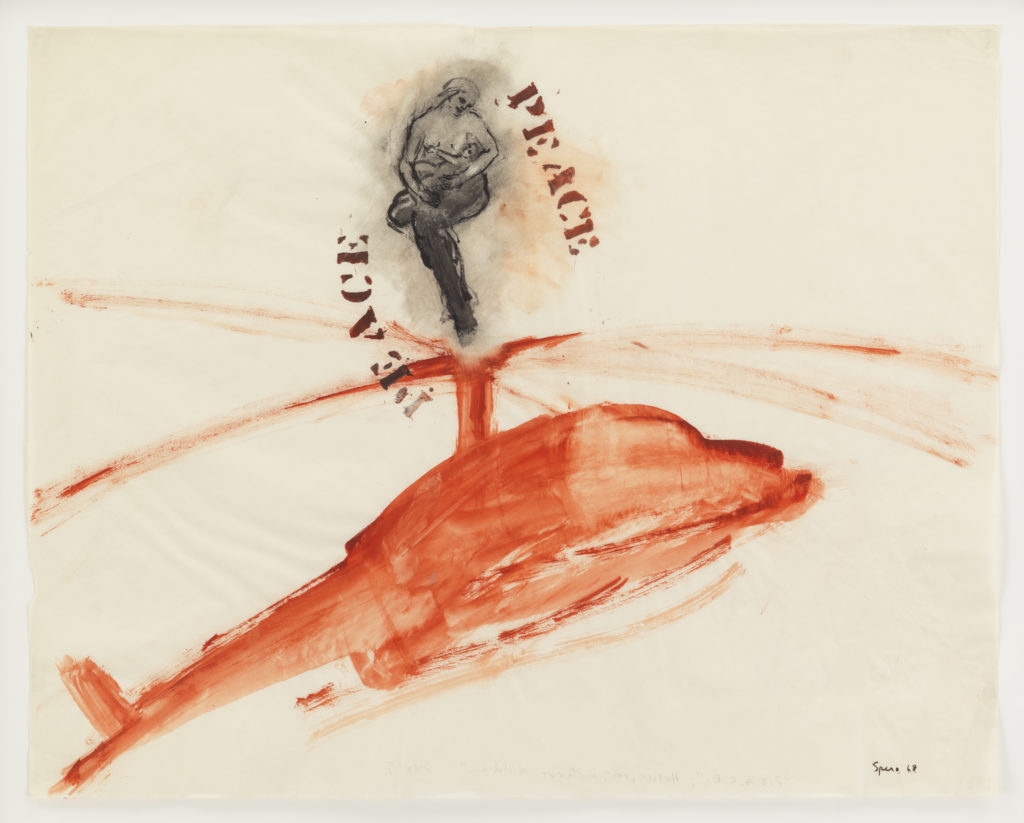



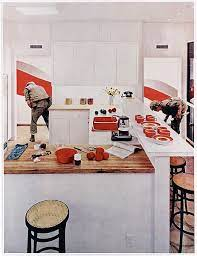

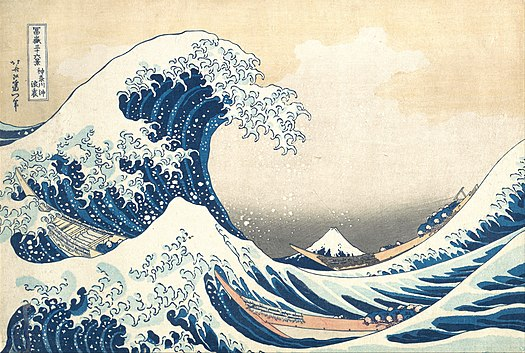
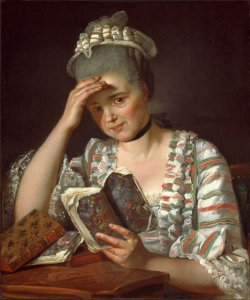
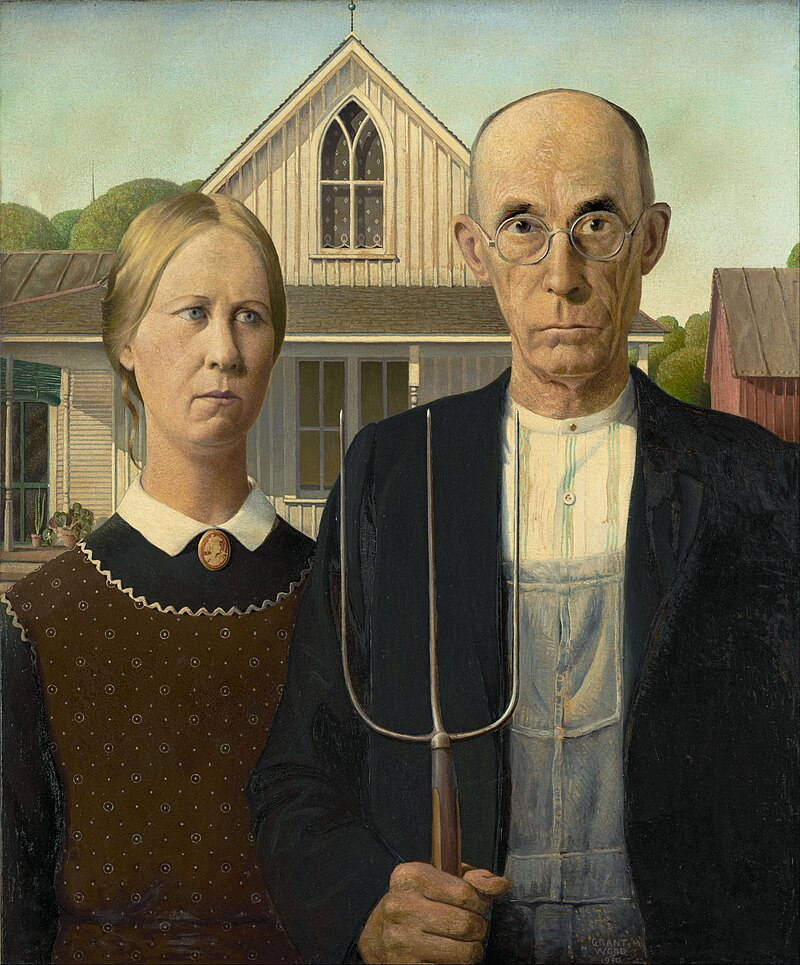
Comments
Post a Comment